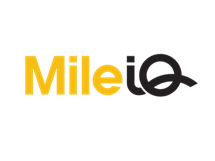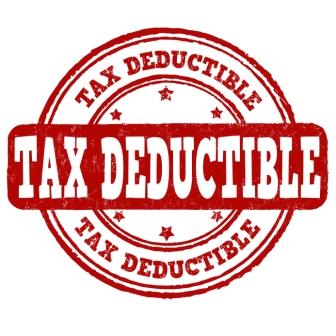Mortgage insurance in the simplest of terms is the backup plan for a lender. In the unfortunate event that the borrower is unable to repay the loan, the lender can cash in the mortgage premium and recover the losses. However, there is more to it than what meets the eye. Here are some more details of this rather intriguing insurance and why you should opt for it.
What Is It?
Statistics reveal that most home buyers pay less than 20% of the entire property cost as up front or commonly known as down payment. Read More




























Recent Comments